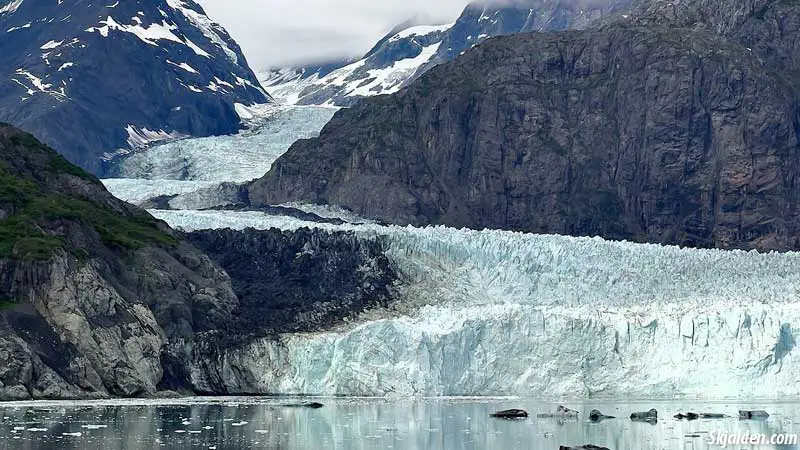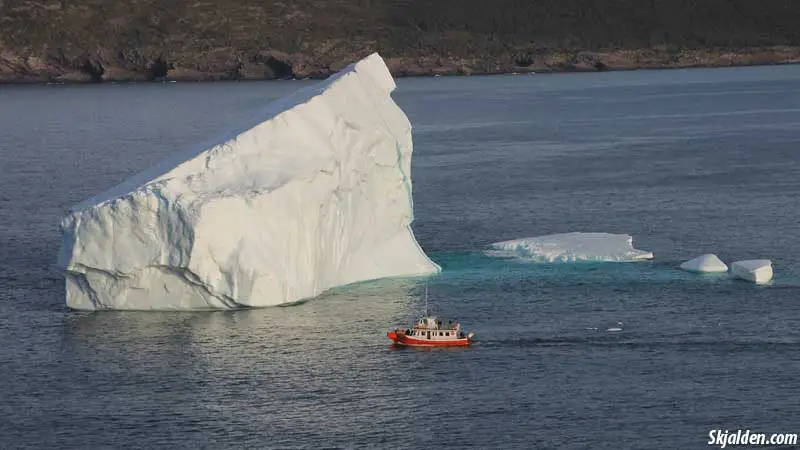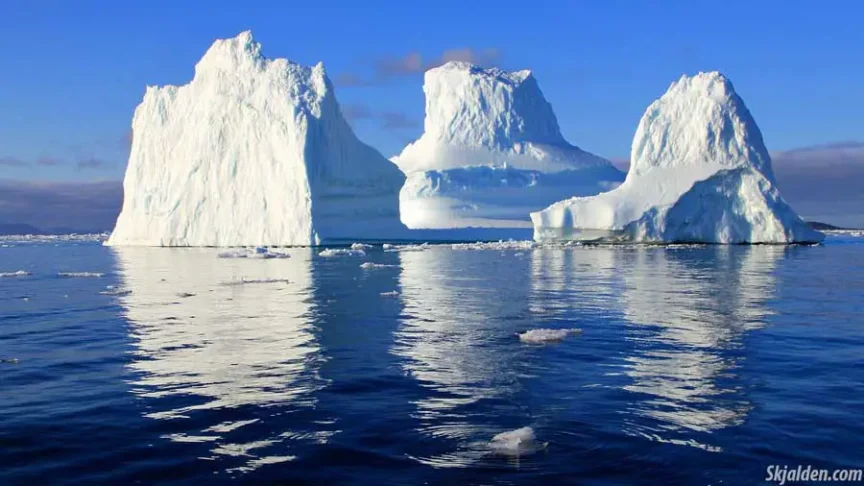When you think about the icy parts of our world, two giant frozen features might come to mind: glaciers and icebergs. Both are majestic in their own right, forming natural sculptures that dominate landscapes and seascapes. However, despite their similarities in being composed of frozen water, they are not the same. The distinction between a glacier and an iceberg is not just about size or location; it’s about their formation, behavior, and role in our planet’s ecology.
This article aims to clear up the confusion around the glacier vs iceberg debate, offering insights into what each one is, its characteristics, and its importance to our environment. I will strip away the complexity and get down to the basics, making it easy for anyone curious about these icy giants to grasp the differences.
H2: What Are Glaciers and Icebergs?
Glaciers are massive, slow-moving rivers of ice that form on land over hundreds or even thousands of years. They are made from snow that, over time, compacts and recrystallizes under its own weight into dense, grainy ice.
This process happens in areas where snowfall exceeds snowmelt, allowing these icy giants to grow and shape the landscape. Glaciers are powerful forces of nature, capable of carving valleys and shaping mountains as they creep across the earth.

Icebergs, on the other hand, are large pieces of freshwater ice that have broken off from the front of a glacier or an ice shelf and now float freely in the ocean or lakes. This process, known as calving, occurs when pieces of the glacier become too heavy to stay attached.
Unlike glaciers, icebergs are nomadic, drifting with currents and tides until they eventually melt away. Most of an iceberg’s mass remains hidden underwater, which is the origin of the phrase “the tip of the iceberg.”

The History and Significance
The history of glaciers and icebergs is as old as the Earth’s ice ages, periods during which global temperatures cooled, and these icy behemoths expanded beyond their usual confines.
Scientists study glaciers and icebergs not only to understand their impact on global landscapes but also to gain insights into past climate conditions. The information locked within them, such as air bubbles trapped in ice, provides valuable data on the composition of the Earth’s atmosphere over millennia.
The fascination with these icy formations is not new. Explorers and scientists have been drawn to the poles and glacial regions for centuries, seeking to unlock the secrets they hold.
Their efforts have significantly contributed to our understanding of climate change, as glaciers and icebergs are among the most visible indicators of global warming. Observing their size and movement helps scientists track the pace of climate change and its impact on sea level rise.
